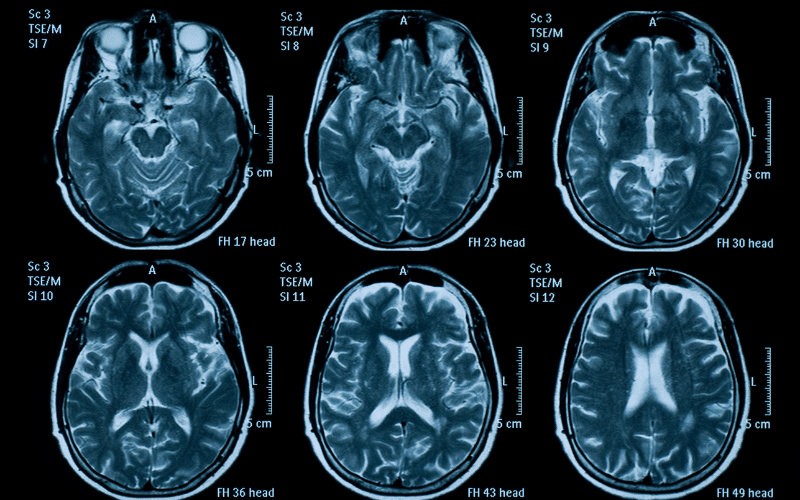Introduction: A Window into OPCA

Olivopontocerebellar Atrophy (OPCA) is a severe, neurodegenerative disorder, characterized by the progressive degeneration of certain parts of the brain, specifically the olive, pons, and cerebellum regions. These brain areas play a pivotal role in maintaining balance and coordination, explaining why individuals affected by OPCA struggle with movement and stability. In the discourse that follows, we will zoom into the ten most significant symptoms associated with this condition, aiming to provide a well-rounded understanding of each one.
When broaching the subject of OPCA, it’s critical to appreciate the complexity of this disorder. The symptoms can range from mild to severe, varying greatly from one individual to another. However, one common thread is the progressive nature of OPCA – the symptoms start subtly and worsen over time, making it a condition that requires continuous monitoring and management.
With the introduction set, let’s delve deeper into the most noteworthy symptoms of OPCA, exploring the causes behind each symptom and how they manifest in everyday life.
1. Ataxia – A Battle Against Instability

Ataxia, characterized by impaired balance and coordination, is a critical symptom to consider when discussing OPCA. Given that one of the primary roles of the cerebellum is to maintain the body’s balance and coordination, it comes as no surprise that when this area is compromised, as in OPCA, balance and coordination bear the brunt.
Imagine yourself on a boat, struggling to stand steady as waves crash against the hull. That’s how an individual with ataxia feels – a sense of being perpetually unsteady.
However, it isn’t just about maintaining balance during movement. Even while standing still, individuals with ataxia may sway or stagger, trying to keep themselves upright.
In the early stages of OPCA, the impact on balance and coordination might be minimal. The individual may experience subtle changes, such as needing to concentrate more when walking or stumbling occasionally.
However, as the condition progresses, so does the severity of ataxia. Everyday tasks, like walking, standing from a seated position, or even reaching out for an object, may become challenging.
Ataxia doesn’t just affect mobility. It also influences tasks that require fine motor skills – writing, buttoning a shirt, or using utensils can become laborious endeavors.
An individual’s handwriting might change, becoming messy and hard to read. They might struggle to button their shirt or use a knife and fork, tasks they once completed without a second thought.
Ataxia is often the first symptom to manifest in OPCA, alerting individuals and healthcare professionals to the presence of a neurodegenerative disorder. By recognizing and understanding ataxia, we take a significant step towards comprehending the intricacies of OPCA. (1)